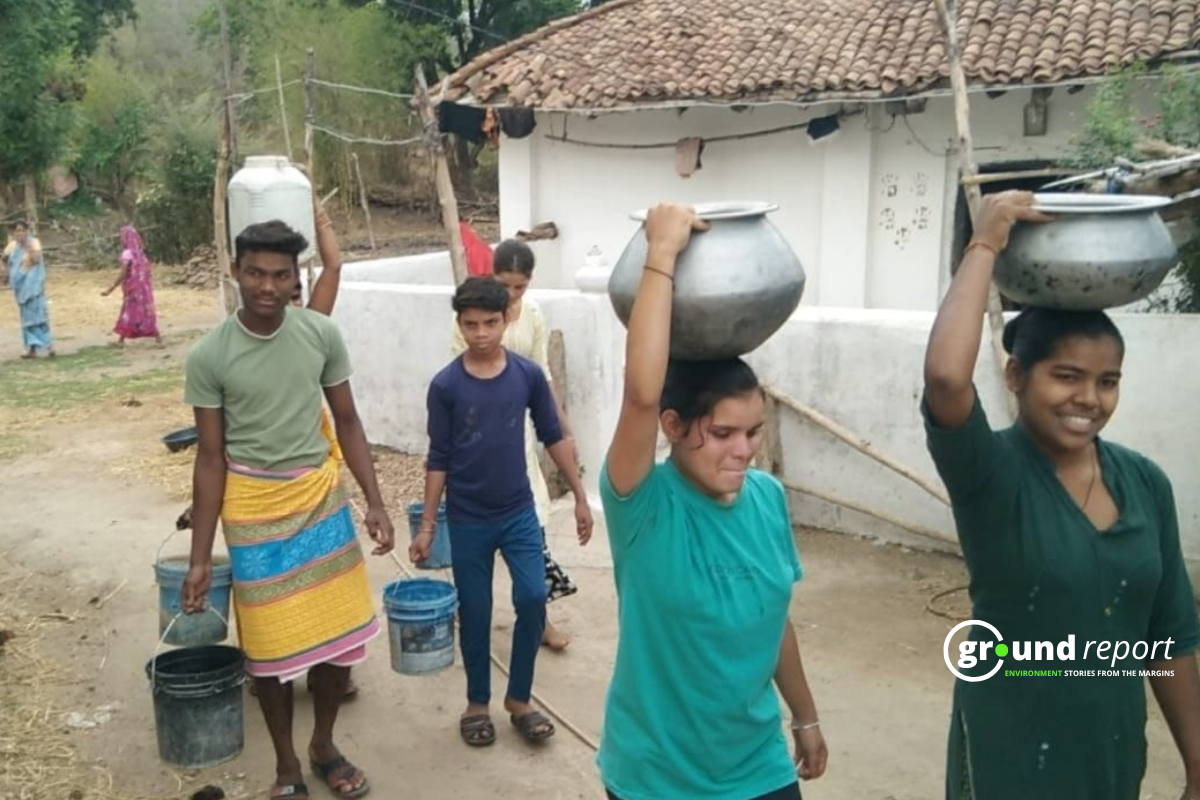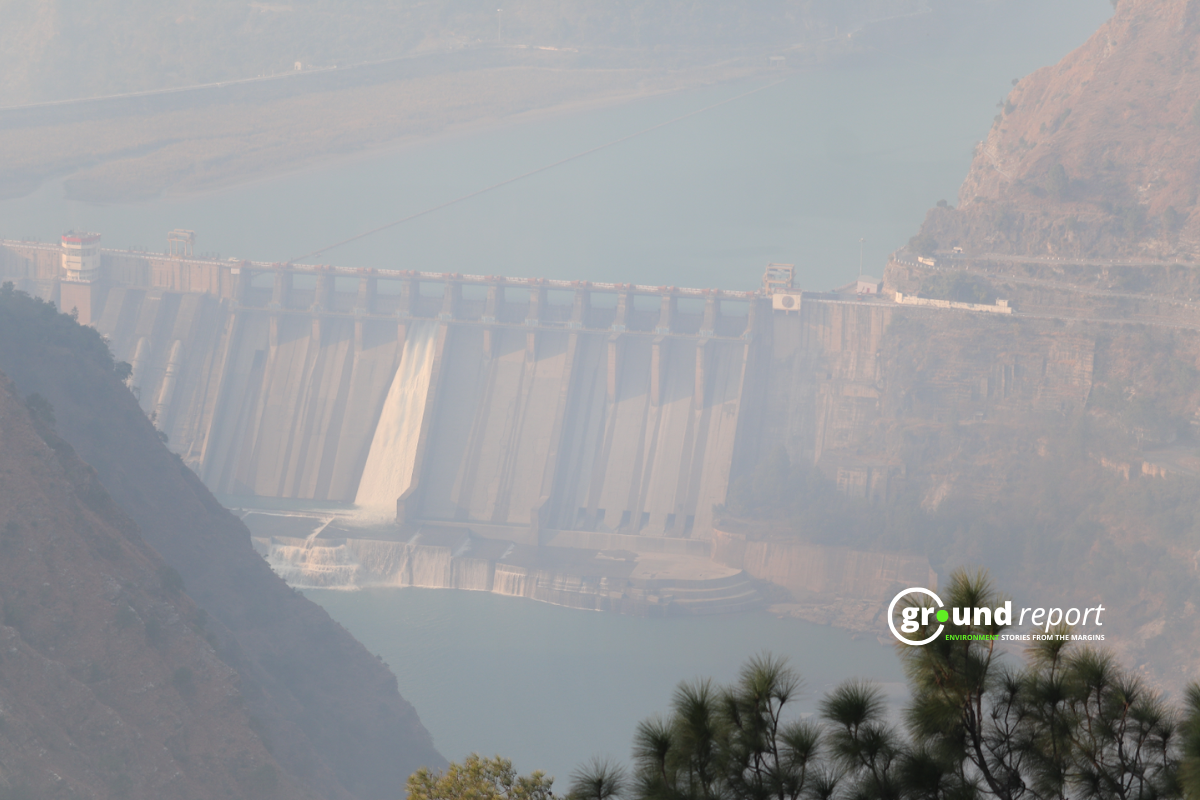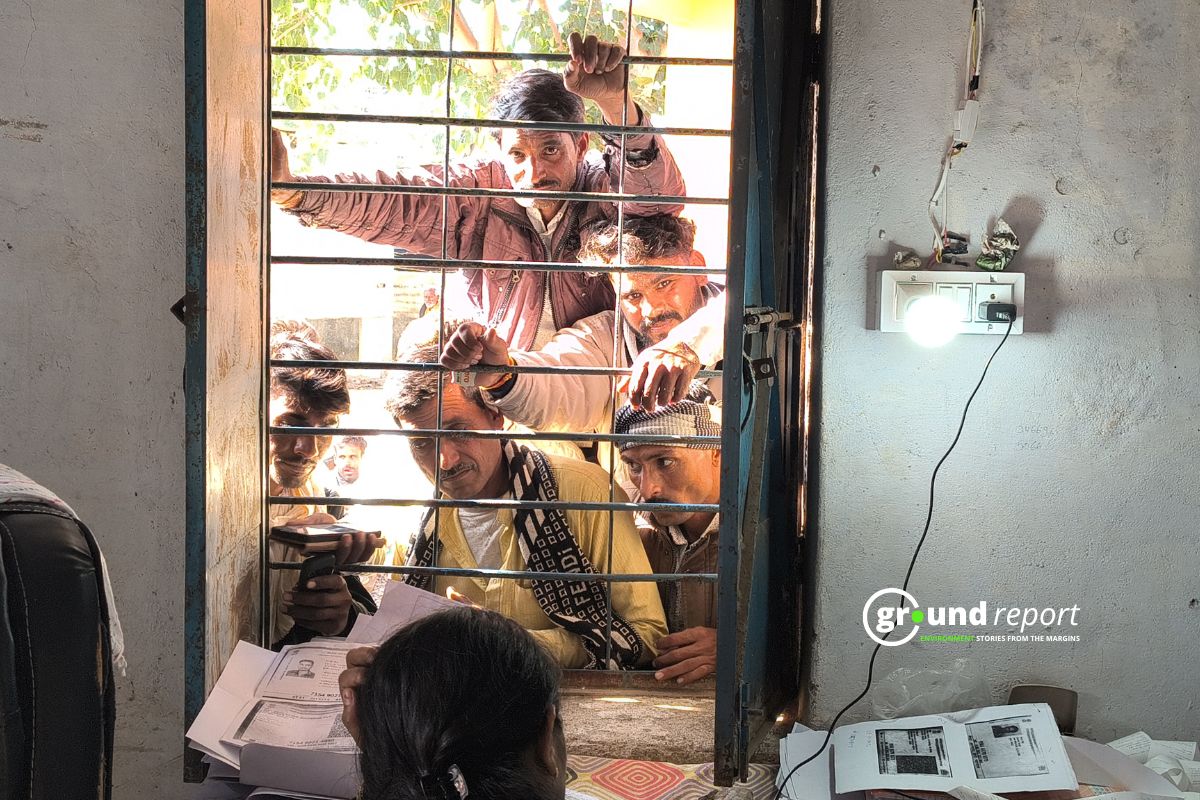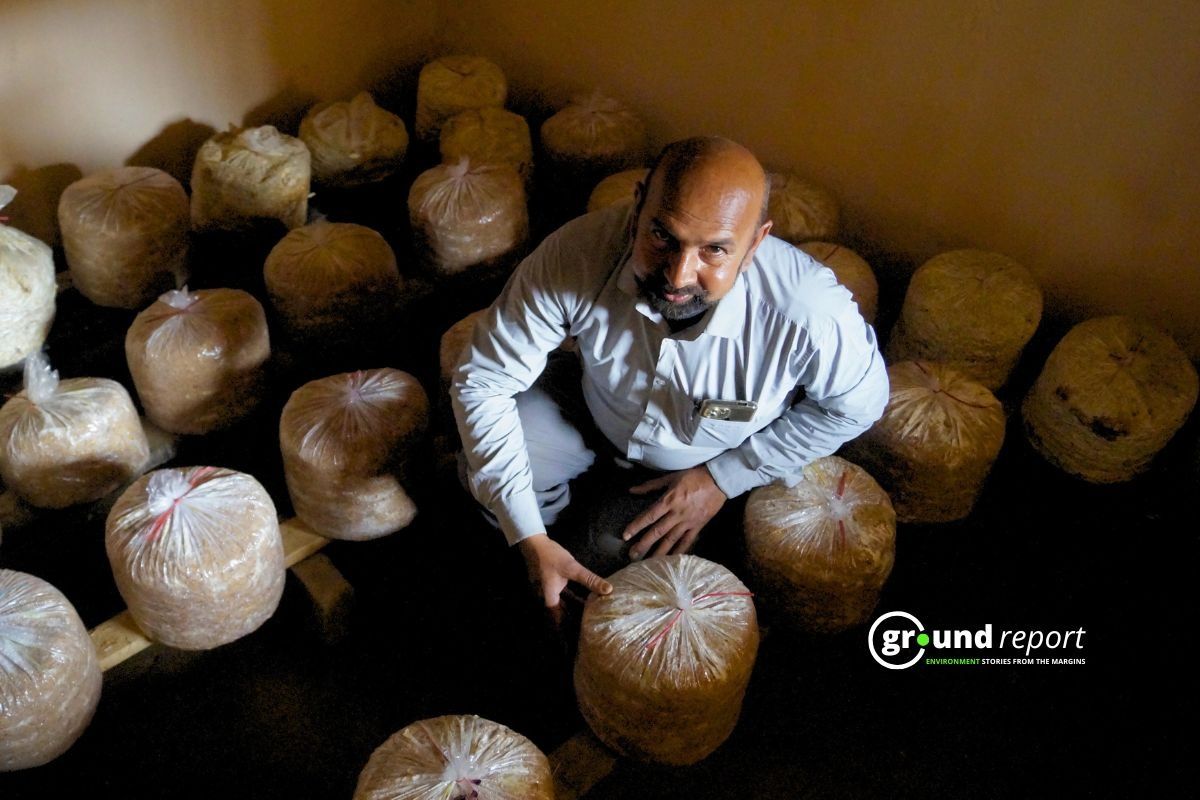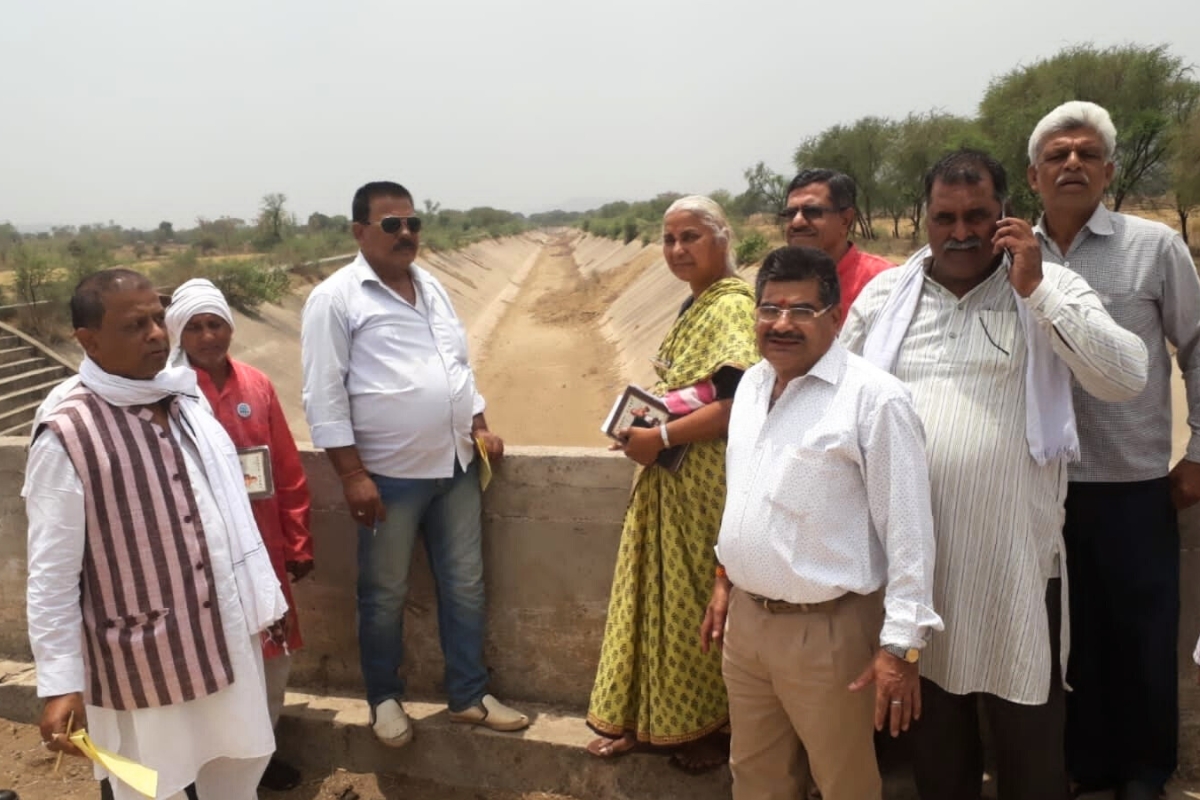As the Mahakumbh in Prayagraj fades from the headlines, Madhya Pradesh has shifted its focus to the upcoming 2028 Simhastha Kumbh Mela in Ujjain, set to be held on the banks of the Kshipra River. The state government has ambitious plans in place, including a 29-km riverside pathway and multiple ghats along the river. But the question remains: is the Kshipra River ready to accommodate the millions of pilgrims who will bathe in its waters during this sacred event? While the government presents an array of development plans, the Kshipra faces significant environmental challenges. Despite previous efforts to address pollution during the 2016 Kumbh, the river remains contaminated by industrial waste and untreated sewage. In response, authorities have launched the Kanh Close Duct Project to prevent contamination from the Kanh River tributary.
MP plans Shipra cleanup project
For the first time in Ujjain, a significant river diversion project is being implemented under India’s river-linking initiative. This project aims to prevent the polluted waters of the Kanh River from merging with the sacred Shipra River. The government has sanctioned a ‘Close Duct Scheme’ worth Rs 919 crore, which involves diverting the Kanh River through an underground tunnel.
As part of the project, a 12-km-long tunnel, located 100 feet below ground, is being constructed to divert the Kanh River’s flow. This tunnel will direct the contaminated waters of the Kanh River to the Gambhir River, ensuring that the Shipra remains clean. Additionally, an 18-km-long cut-and-cover canal is also being developed, reaching depths of up to 26 meters in certain areas. The project has seen 15% completion within the first six months.

The underground tunnel will feature a D-shaped box shaft measuring 4.50 meters in length and width. This design allows for easy maintenance, as sanitation machinery can be lowered into the tunnel when required. The innovative structure ensures that the polluted waters do not interfere with the Shipra River’s ecosystem.
Public Health Engineering Department’s Executive Engineer, Mayank Singh, shares that two companies from Telangana are handling the project’s execution. M/s Vensar Construction is managing the river diversion efforts in Jamalpur village, Indore, while Rivervolt Hydro LLP is jointly working on the initiative. The diversion scheme, covering approximately 30 km, will pass through more than 12 villages, ultimately directing the contaminated water to the base of the Gambhir Dam.
With an estimated completion period of 42 months, once completed, devotees participating in the Kumbh Mela will have access to clean water for ritual baths. Additionally, the initiative will provide clean drinking water and support agricultural activities in the region.
The story provides an in-depth analysis of the Madhya Pradesh government’s ambitious ₹919 crore project on the Shipra River, aimed at constructing a 29-km pathway and ghats in Ujjain for the 2028 Simhastha Kumbh Mela. However, doubts persist about its success, as a similar river-linking project between Shipra and Narmada failed to resolve water pollution. Environmentalists also raise concerns about the new approach, questioning the long-term impact on the Gambhir River, which will receive the diverted polluted water. Who will address the pollution issues in Gambhir?
Project details
The Kanh Close Duct Project is a major river diversion initiative in Ujjain, Madhya Pradesh, designed to prevent the polluted Kanh River from mixing with the sacred Shipra River.
The Kanh River currently carries 1036 million litres per day (MLD) of polluted water from Indore to Shipra, affecting its quality. This project will divert the polluted water underground before Ujjain, ensuring the Shipra River remains clean and pure.

The project is being executed by two Telangana-based companies, Vensar Construction Company Limited and Rivervolt Hydro LLP. The construction process has three key phases: Jamalpura to Gangeri (6.90 km cut-and-cover duct), Gangeri to Devra Khedi (12 km underground tunnel), and Devra Khedi to Singawada (11.25 km closed duct). The project is expected to be completed by September 2027.
Once completed, the Kanh Close Duct Project will provide clean water for drinking, bathing, and agriculture in the Ujjain region. It’s a first-of-its-kind initiative in India, ensuring the Shipra River remains uncontaminated for future generations.
Why is this happening?
The Shipra is a sacred river in Hinduism, vital for the Simhastha Kumbh Mela held every 12 years. However, industrial waste, sewage, and urban runoff from Indore have severely polluted the Kanh River, which merges with the Shipra. This pollution threatens religious practices and environmental balance, necessitating corrective action.
The Madhya Pradesh government has initiated this project ensuring pilgrims get clean water for bathing and rituals. In past Simhastha gatherings, authorities had to pump clean water into the river to maintain its sanctity. Government claims that The Kanh Close Duct Project is a long-term solution, ensuring clean water flows in the Shipra River naturally.
Aside from its religious significance, the project is essential for public health and agriculture. The polluted Kanh River affects drinking water, irrigation, and aquatic life in the Shipra.
Previous attempts to clean the river, including a failed Rs 650 crore Narmada-Kshipra water transfer project, didn’t resolve pollution issues. During Simhastha Kumbh Mela 2004 and 2016, Kshipra’s water levels were critically low, forcing authorities to pump water from the Narmada River to meet devotees’ needs. This led to massive costs and public outcry, as devotees expected to bathe in the Kshipra, not artificially supplied water. The new projects aim to eliminate the need for external interventions, restoring the Kshipra’s natural purity and sacred flow.
CM Mohan Yadav acknowledged, “We sinned by making devotees bathe in Narmada water instead of Kshipra. This will no longer be necessary. The Kanh Close Duct and Sewarkhedi-Silarkhedi Projects will eliminate the need for external interventions, restoring Kshipra’s natural purity and sacred flow”.
The Sewarkhedi-Silarkhedi Project will build a barrage at Sewarkhedi and a 6.5-km pipeline to pump water to the Silarkhedi reservoir. Another 7-km pipeline will carry stored water from Silarkhedi to Kshipra for continuous flow.
On 13 Jan 2025, Union Minister CR Patil posted on X (formerly called Twitter), “Today, I attended the foundation stone laying ceremony of the Sewarkhedi-Silarkhedi project. This project will enhance Madhya Pradesh’s water prosperity and positively impact millions in the region.”
आज माननीय केंद्रीय जल शक्ति मंत्री श्री @CRPaatil जी के साथ उज्जैन के बामोरा गांव स्थित कान्ह डायवर्शन क्लोज डक्ट योजना के अंतर्गत प्रगतिरत 31.5 मीटर शाफ्ट-3 टनल के निर्माण कार्य का निरीक्षण कर कार्यों की जानकारी ली।
आदरणीय प्रधानमंत्री श्री @narendramodi जी के मार्गदर्शन में… pic.twitter.com/P8aMpfWjKS
— Dr Mohan Yadav (@DrMohanYadav51) January 13, 2025
He said the project will significantly increase water storage capacity by raising the Silarkhedi reservoir’s height, ensuring uninterrupted water availability in the region.
“The biggest benefit will be to the Kshipra River, where regular clean water flow will be re-established. This flow will benefit Ujjain, the city of Mahakal, and strengthen the faith of the devotees,” Patil wrote.
Beyond religious significance, the project will address water shortages for farmers, improve irrigation, and unlock new economic opportunities. This initiative reflects our commitment to environmental protection and sustainable development, he added.
Why did Narmada-Kshipra project fail?
The Narmada-Kshipra River Linking Project started in 2012, and aimed to solve the water shortages in the Kshipra River but failed due to geographical challenges, high costs, and pollution issues.
According to media reports, the Narmada River flows through the Satpura mountains, while the Kshipra River is on the higher Malwa Plateau. This meant water had to be pumped uphill, which was difficult and unnatural.
Lifting water against gravity required a lot of energy, leading to huge electricity costs. The yearly cost to run the system was ₹550 crore, more than the ₹650 crore spent on building it, making it too expensive to maintain.

Despite 21 years of investments, the Kshipra River remained polluted. The core issue has always been untreated sewage and industrial waste from urban areas flowing into the Kanh River, which then pollutes the Kshipra. The lack of an effective sewage treatment system and regulatory enforcement led to the failure of earlier initiatives.
The Kshipra’s biggest problem was pollution from untreated sewage and industrial waste from Indore. Adding clean Narmada water into a dirty river didn’t solve the problem.
Due to these reasons, the project was deemed a failure. Now, the government is focusing on new projects like the Kanh Close Duct Project, which aims to keep pollution out of the Kshipra River instead of just adding more water.
The high cost of previous solutions, like the Narmada-Kshipra water linking project, complicated matters. This project required lifting water from the Narmada Valley to the Malwa Plateau through a 50 km-long pipeline, increasing operational costs to Rs 550 crore annually, Rs 100 crore more than its construction cost. Experts criticised it as an economically unviable and impractical venture.
Now, the Kanh Close Duct Project is a first-of-its-kind initiative in India to divert a polluted river underground to prevent contamination of another water body.
Progress so far
The project has made significant progress. Excavation and preliminary construction of the Kanh Close Duct Project are underway, with vertical and horizontal excavation at multiple sites.
The deep underground excavation tunnel section has completed initial stages in four key locations. Pre-cast segments are being prepared for assembly, and over 15% of the work has been completed in six months.
The Sewarkhedi-Silarkhedi Project has entered the construction phase, with the barrage and pipeline infrastructure taking shape. Through advanced engineering solutions like the Kanh Close Duct Project and the Sewarkhedi-Silarkhedi Project, the government aims to ensure a clean and continuously flowing Kshipra River.
These initiatives aim to restore the Kshipra and set a national model for sustainable river management. The Kanh Close Duct Project is India’s first underground river diversion system, marking a milestone in water conservation. Instead of cleaning the Shipra River and holding industries accountable for pollution, the government is choosing to change the river’s path. This may keep the Shipra clean for now, but it does not fix the real problem—pollution. The dirty water will now be sent to the Gambhir River, which could create new environmental issues. Instead of focusing on proper cleanup and stopping pollution at its source, the state is spending a huge amount of money to redirect a river. Is changing a river’s route really the best solution, or just a quick fix that could cause more problems later?
Support us to keep independent environmental journalism alive in India.
Keep Reading
California Fires Live updates: destructive wildfires in history
Hollywood Hills burning video is fake and AI generated
Devastating wildfire in California: wind, dry conditions to blame?
Los Angeles Cracks Under Water Pressure
Follow Ground Report on X, Instagram and Facebook for environmental and underreported stories from the margins. Give us feedback on our email id greport2018@gmail.com.
Don’t forget to Subscribe to our weekly newsletter, Join our community on WhatsApp, and Follow our YouTube Channel for video stories.



